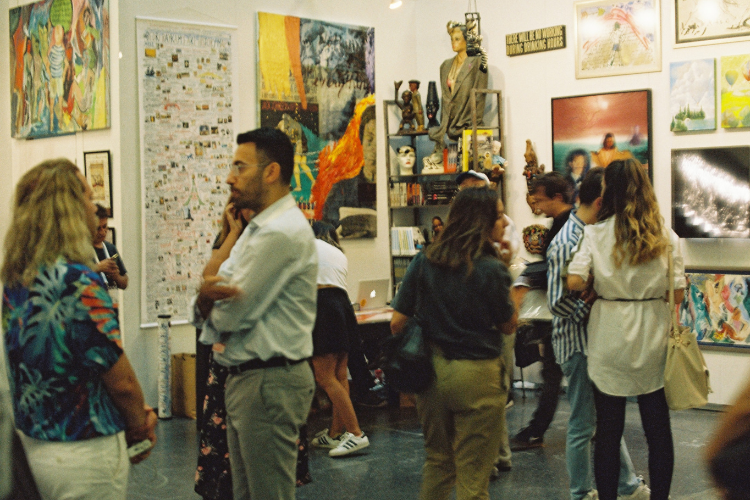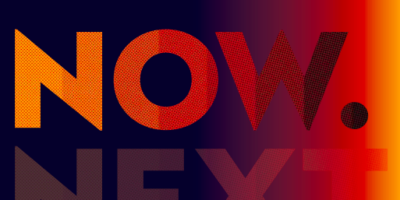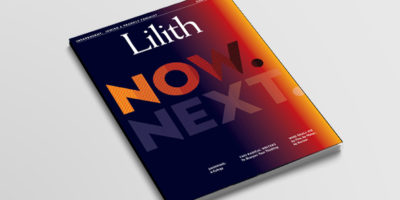
I Want Us to View Art Through a New Lens
Jillian Steinhauer is a journalist whose writing about art appears in the New York Times, The New Republic, The Nation, and other publications
Before Covid-19, as an art journalist and critic in New York City I went several days a week to galleries and museums (and sometimes art fairs, which are essentially upscale, anodyne trade shows). Now, as I write this, it has been roughly two months since I set foot in any of those places. And one of the most surprising things is that I don’t miss them as much as I thought I would.
To be clear, I miss art. I miss looking at pretty paintings, making my way through inscrutable installations, and sticking with a piece of video art past the point of boredom. I miss being moved and confronted and stretched by artists and their work. But I don’t really miss the apparatus that surrounds it. I don’t miss the hypercapitalist, over-professionalized, white supremacist, and ableist system on which the mainstream art world runs—a system that in recent years has been increasingly challenged by its own workforce. Mave have unionized and organized protests over labor disputes as well as funding sources at New York City museums.
It’s hard to imagine this pandemic being over, let alone what any single part of life in the U.S. might look like then. But when I think about what I want the experience of viewing art to be post-pandemic, the answer is something more honest and accessible. Something pluralistic, not monolithic. Something that prioritizes people over profits and workers over donors. Something filled with experiments and flexibility, allowing room for mistakes.
Art, after all, is about creativity. It’s about seeing the world anew. It isn’t beholden to what is because it has the capacity to imagine what could be. What if institutions were that way too? What if the art industry valued creativity more than—or even as much as—money? What better community could we make?



